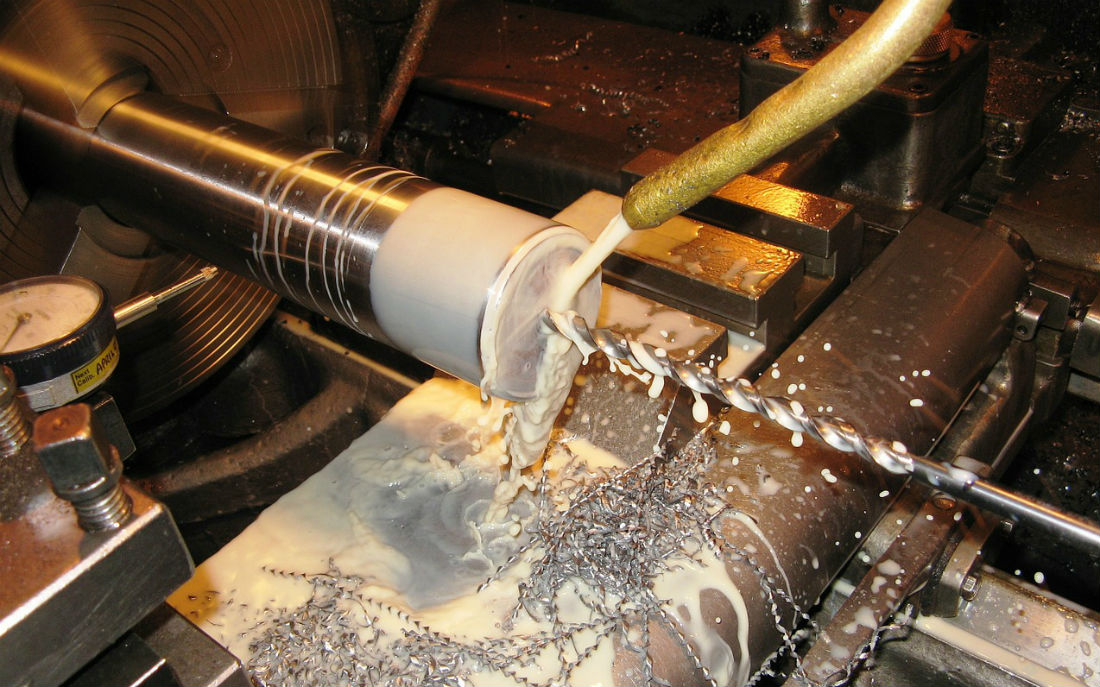Are direct and indirect spend classifications relevant any more?
Like many before me, I started out in procurement without knowing much about what procurement actually was. One of my meetings in my first week as a graduate procurement analyst was with the head of direct spend. I entered his office with no idea of what direct spend was and left an hour later no more enlightened.
After the meeting I Googled indirect and direct spend and although I thought it seemed like an odd way to classify spend, proceeded to use the terms for the next decade of my career.
However, I recently found myself revisiting the oddities of these terms and questioning why we use them at all.
As business models and procurement operations continue to change and diversify, I feel that addressing spend as either direct or indirect is has become far less relevant.
In order to consider this more fully, it’s worth reviewing the following definitions from CIPS around direct and indirect materials.
Direct materials
Materials that are converted or processed to make the finished product. In category management in a manufacturing business, the most basic classification of categories is between direct and indirect materials. As direct materials usually account for a greater share of total spend, and affect the quality of the final product, direct materials are usually seen as the more demanding of the two groups. Indirect spend includes stationery, printing, office supplies, pest control, telephone costs etc., while direct materials will be whatever is used to create the finished product.
Indirect material
Goods which are purchased to support the operation and which are not converted into finished products or resold. Many manufacturing organisations separate direct materials, which are raw materials from ‘indirects’ such as cleaning, MRO supplies, travel, catering, printing, stationery etc. which are needed to support the operation. Many indirect acquisitions are low value and low risk and so lend themselves to simple acquisition systems and e-Commerce, such as online ordering through catalogues.
Two things jump out at me about these definitions and their relevance to modern procurement:
The first is that both definitions seem to be trapped in our industrial past – in that they only address firms that manufacture actual products. So, while I think these classifications would have held some relevance during the industrial revolution, I question whether they still stand up in today’s service driven economy?
Is direct more important?
The second concerning part of these definitions is the importance CIPS has attributed to each of these areas.
The CIPS definition suggests that “As direct materials usually account for a greater share of total spend, and affect the quality of the final product, direct materials are usually seen as the more demanding of the two groups”. It follows then, that direct procurement is the more demanding of the two groups.
I would argue that this is a huge generalisation.
We live in a service driven world
Look at banks, investment firms, lawyers, consultancies and tech organisations, these companies now make up a huge percentage of our economy but don’t produce a clearly defined, manufactured product. I would suggest that for these firms, indirect spend is infinitely more complex, demanding and risky than direct spend. Do they even have direct spend?
I guess what I am suggesting here is that while these classifications may have made sense in the past, they now seem like an antiquated way to classify spend.
Do we really think that a spend classification that groups pest control and advertising spend together has any real relevance in today’s procurement landscape?
